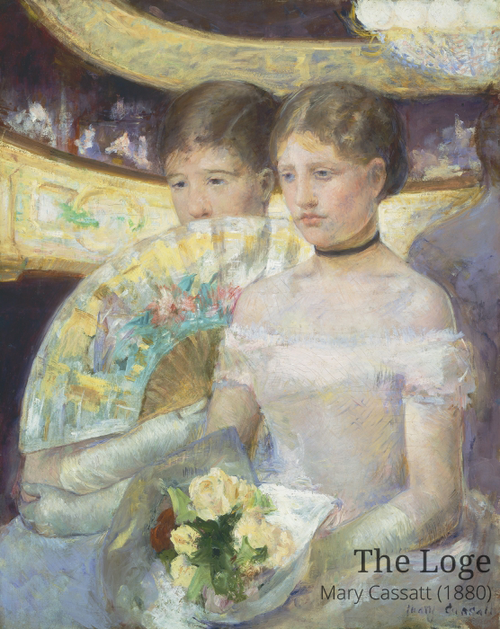The Impressions of Mary Cassatt

There are very few female artists from before the 20th century that have survived in books of art and Mary Cassatt is one of them. Since women were not accepted at the École des Beaux-Arts in Paris at the time, she took private lessons and later exhibited with the Impressionists, to whom she was introduced by her friend Edgar Degas. The influence of Degas and Impressionism is evident in the choice of subject and the treatment of the background in The Loge (1880), a painting of two young women at the opera.
The artist has managed not only to make a realistic picture, but also to portray the emotions of the figures by maintaining clear lines for the depiction of their facial characteristics and applying the color loosely at the rest of the painting, thus highlighting their expressions. The same method is used for Peasant Mother and Child (1894), the portrayal of an intimate moment between a mother and her child. Such scenes are encountered so frequently in the work of Cassatt that she has been characterized as “the painter of mothers and children”.

Her pictures of children are distinctive for their tenderness and sensitivity, of which Child in a Straw Hat (1886) is a characteristic example. It has been argued that she was so fond of these subjects because she never had children herself. Nevertheless, it is precisely these subjects along with the way that Mary Cassatt combined traditional painting with an impressionistic use of color that renders her style special and her work unique among the other representatives of Impressionism.

Annita Apostolaki is an art professional with an MA from the Sotheby’s Institute of Art and a BA in Archaeology & History of Art. Annita is now Curatorial Assistant at the Athens Biennale and a contributing author for USEUM.